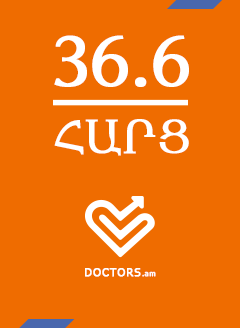It is the legendary erogenous region that divides people the world over regarding its existence.
But new research suggests that while the fabled G-spot may not exist, all is not lost.
Italian doctors have now described in medical literature an 'intimate area' that creates increased sexual pleasure.
It is more complex than one spot, however, and includes the clitoris, vagina and urethra - described as 'highly dynamic and sensitive structures' by the authors of the new report.
In their article published in this month's Nature Reviews Urology, they say what brings a woman heightened sexual pleasure is much more complex than just one area and includes the complete reproductive system, including the urethra and clitoris.
The scientists, led by Emmanuele A. Jannini, professor of endocrinology and sexology at Tor Vergata university in Rome, say the idea of the one-spot approach first mooted in the 1950s is too simplistic.
The G-spot was named after Ernst Grafenberg, a German gynaecologist who proposed its existence in 1950.
Then in 1976, the landmark Hite Report on Female Sexuality suggested that the clitoris is largely responsible for orgasms in most women.
Now, says Profesor Jannini, modern imaging techniques such as ultrasound have enabled gynaecologists and scientists to see what happens to different areas of the reproductive system during sexual activity.
The report authors write: 'The clitoris, urethra, and anterior (front) vaginal wall have led to the concept of a clitourethrovaginal (CUV) complex.'
This, they say, defines a broader or 'variable, multifaceted... area that, when properly stimulated during penetration, could induce orgasmic response'.
'We know [thanks to this review] there is a much more complex than a simple, phantasmagoric "point",' adds Profesor Jannini, adding the findings end 'hopefully forever' discussions on where the elusive G-spot is.
He says that 'knowledge of the anatomy and physiology of the CUV complex' may help to avoid damage to female genitalia during medical and surgical procedures.
'The vagina is an active tissue and sexually important to be respected,' he said.
Previous research by Professor Jannini's team has found that tissue between the urethra and vagina is thickest in women who reported they had a G-spot.
The researchers also found tell-tale chemical markers in the area. These markers include chemicals that process the nitric oxide responsible for male arousal.
Earlier this year, another doctor spoke out about the myth of the G-spot.
'We don't think the G-spot exists and if it does, it's not a specific physical structure,' said Dr Charles Runels, the inventor of the procedure.
Instead, women have an O-spot, he claims - the area near the clitoris and just inside the vagina.
Dr Runels offers a treatment called the O-Shot - which he says boosts both libido and sexual satisfaction.
He added that many women - especially those who are older and/or who have had children - find their clitoral sensitively is reduced - 'sometimes tremendously'.
The O-Shot involves drawing blood and then separating out the platelets from it.
These are then injected into an area near the clitoris and just inside the vagina - dubbed the O-Spot - and stimulates the growth of new cells in this area, making it more sensitive.
The idea for the treatment came from the Vampire Facelift, also developed by Dr Runels.
This basically involves injecting blood (which also contains growth factors) into the face. When these growth factors enter the face, stem cells become activated to grow new tissue.
This new tissue includes new collagen, new fatty tissue (for smoothness), and new blood vessels (for a healthy glow).
The same principle applies with the O-Shot, which aims to 'plump the clitoris' and make the vaginal area more sensitive.














